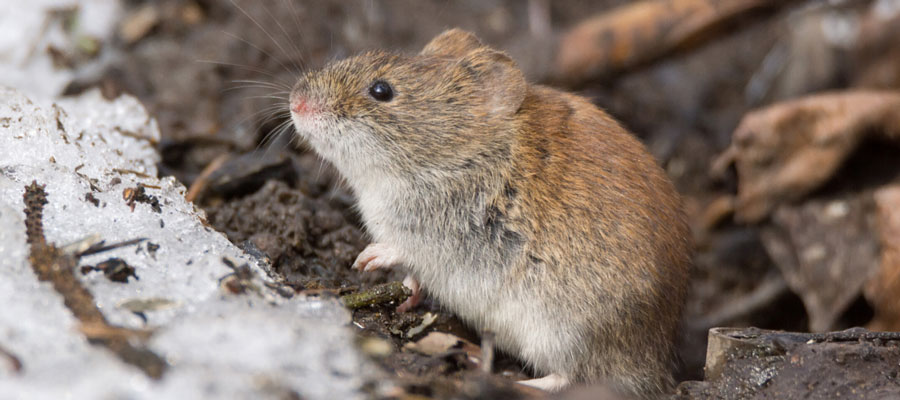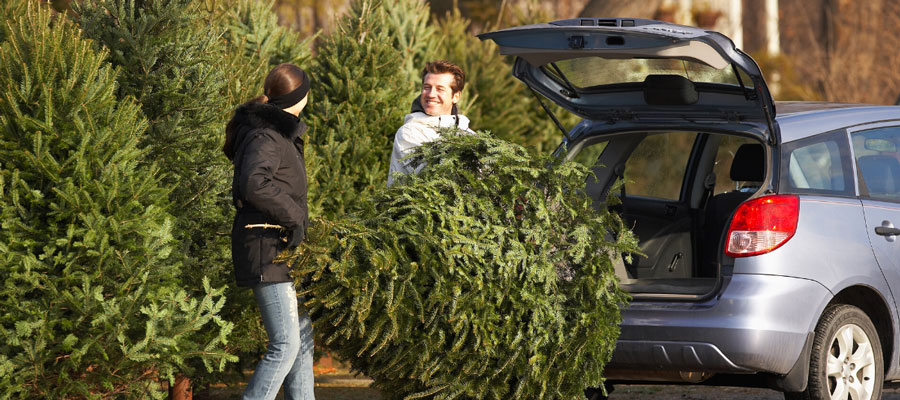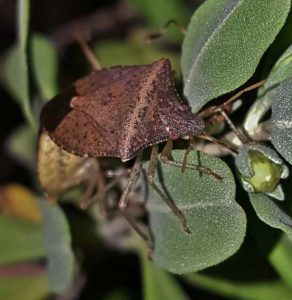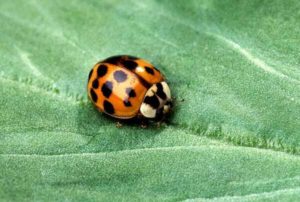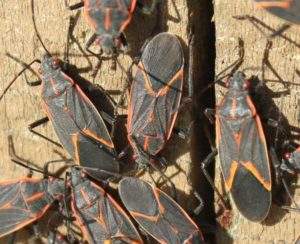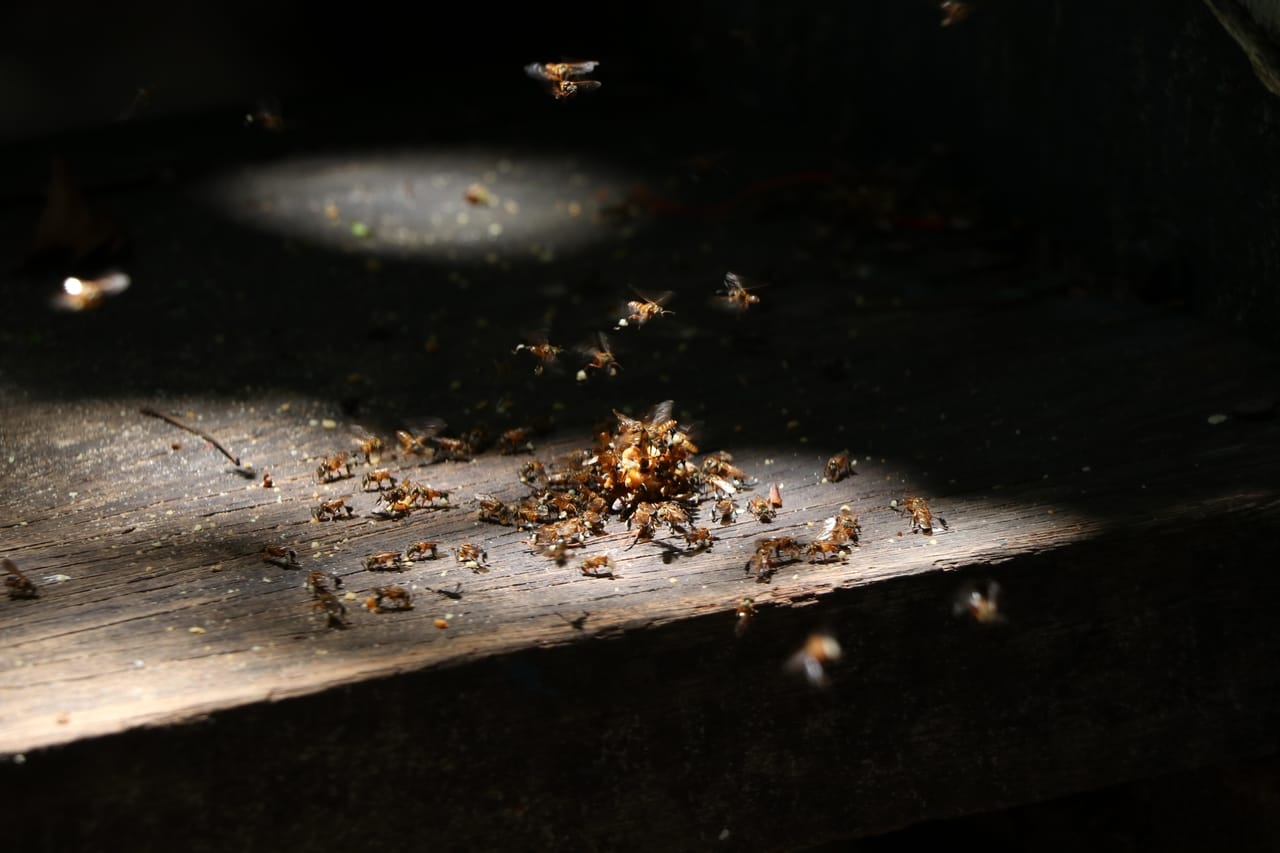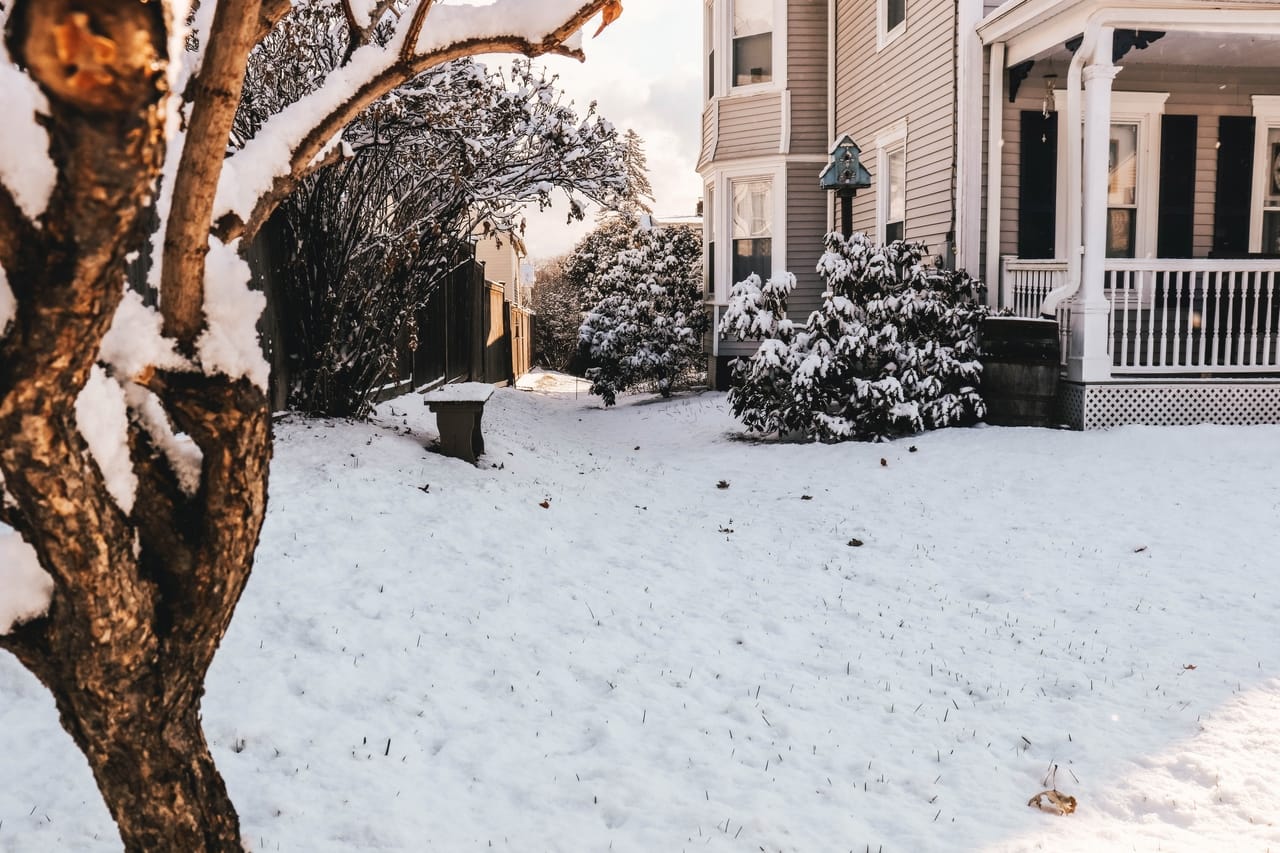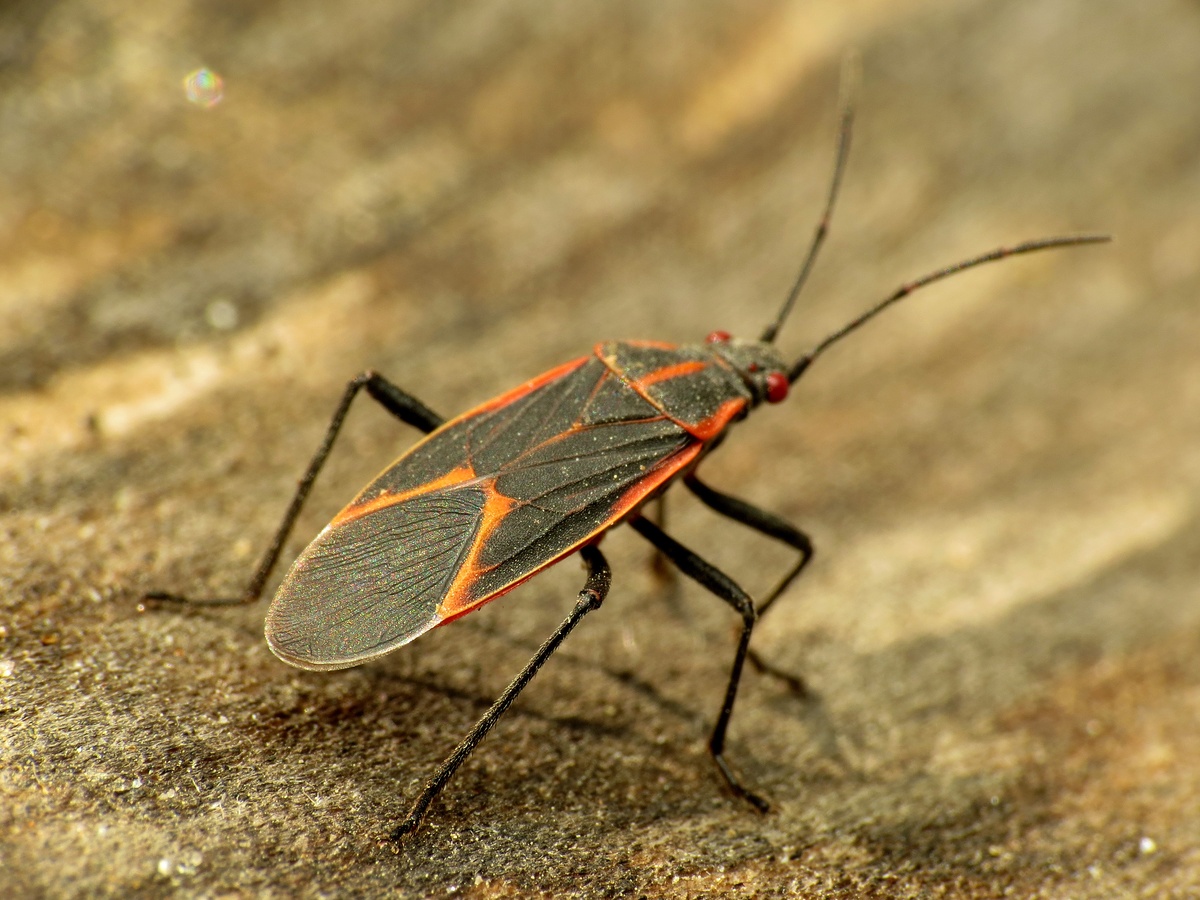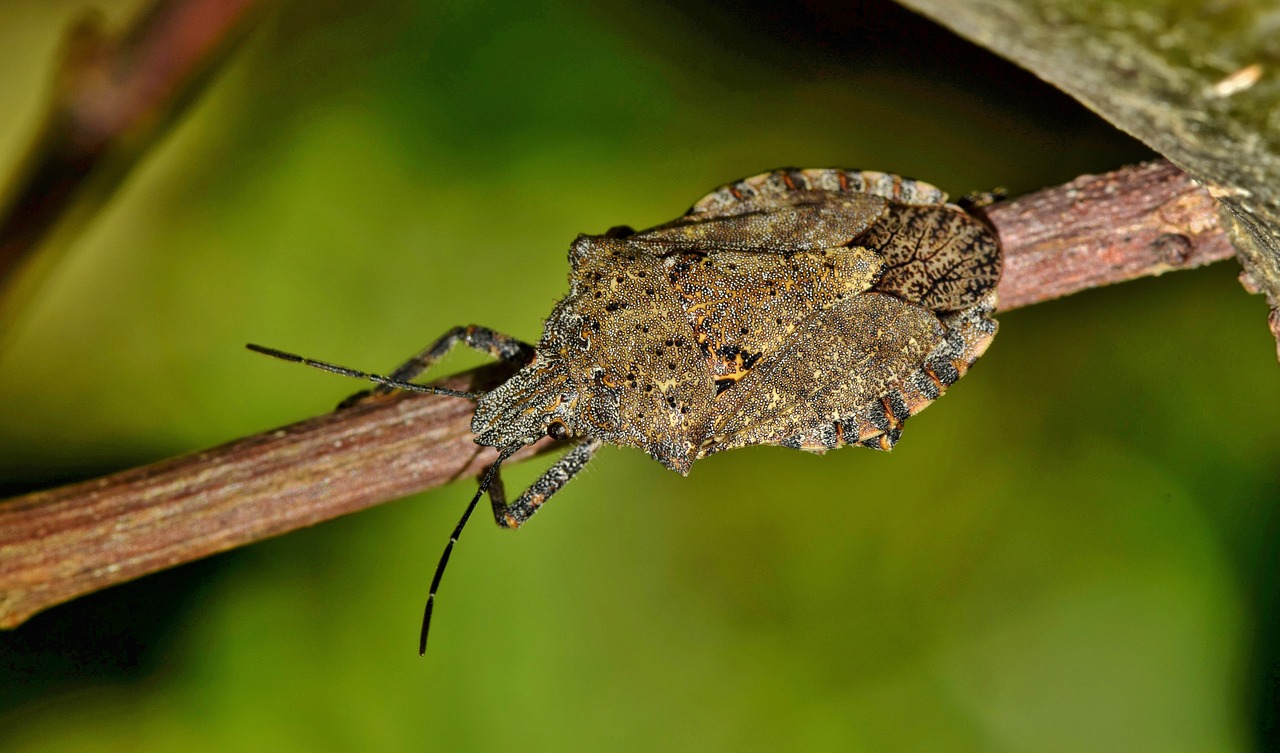Many people think that pest infestations only happen in the spring and summer, but unfortunately, that’s not the case. Just like us, pests and insects seek out shelter and warmth in the colder months, which is why winter infestations are more common than you may think. Rodents, cockroaches, and even bed bugs are just a few of the many pests known to stick around in the winter months. To avoid the frustration of a pest infestation during the holiday season, keep reading for Springer’s top tips for preventing winter pests!
Winter Pest Problems in Iowa
If you live in Iowa, you know that pest infestations are a fact of life year-round. During the winter, many bugs and insects may seemingly disappear to not return again until the springtime. However, some pests will invade homes this time of year in search of food and shelter. The most common winter pest problems are from:
- Rodents (rats & mice): The house mouse and Norway rat will easily squeeze their way indoors to escape the cold.
- Bed bugs: Known to withstand extreme temperatures, bed bug infestations are common in the winter months.
- Spiders: House spiders as well as black widows are often found indoors in dark, secluded corners.
- German cockroaches: These common roaches hitchhike inside and can spread quickly throughout your home.
Have a pest problem? We can help!
Pest-Proofing Your Home in the Winter
In order to prevent winter pests, it’s important to learn how to protect your home. Exclusion is one of the most reliable forms of pest control, as it denies pests access into your home in the first place! By sealing cracks and crevices around your property, you’re able to stop pests and insects from getting indoors. Further preventative measures include placing screens over vents and chimneys, storing firewood away from the home, fixing any moisture problems, and generally keeping a clean and tidy environment to discourage pests.
Winter Pest Control Services
Winter pest problems are a serious threat to homeowners. The best way to go about preventing winter pests is to safeguard your home against them! If you’ve done all you can to keep insects and other pests out of your home in the winter but are still experiencing issues, it’s time to call the experts at Springer Professional Home Services!

